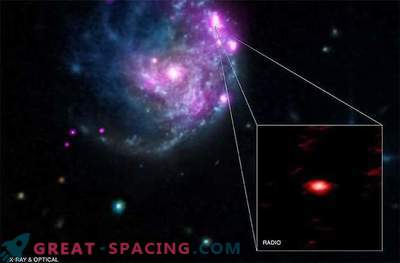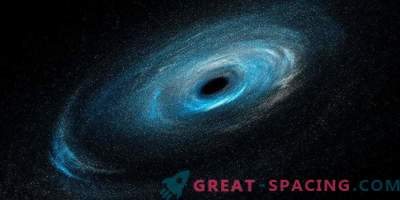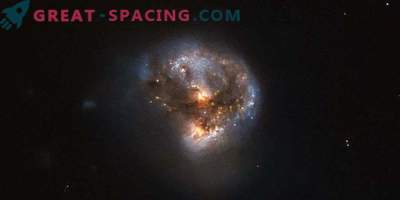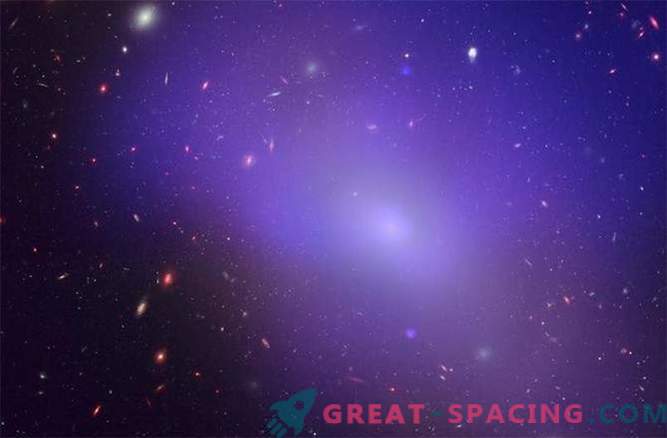
When galaxies get older, the star formation process stops there. But why? It seems that astronomers have found the offender in hot pursuit.
We currently know that most galaxies have supermassive black holes in their center. Some energy phenomena occur in these galactic monsters, especially when something falls into their accretion disk and event horizon. Often, the energy generated by the active core of the galaxy (where these black holes are located) controls the star formation of the galaxy as a whole.
In a new study published in the Royal Astronomical Society's Monthly Notices magazine, researchers believe that they have found the reason why the galaxies “turn off” the star formation process with age.
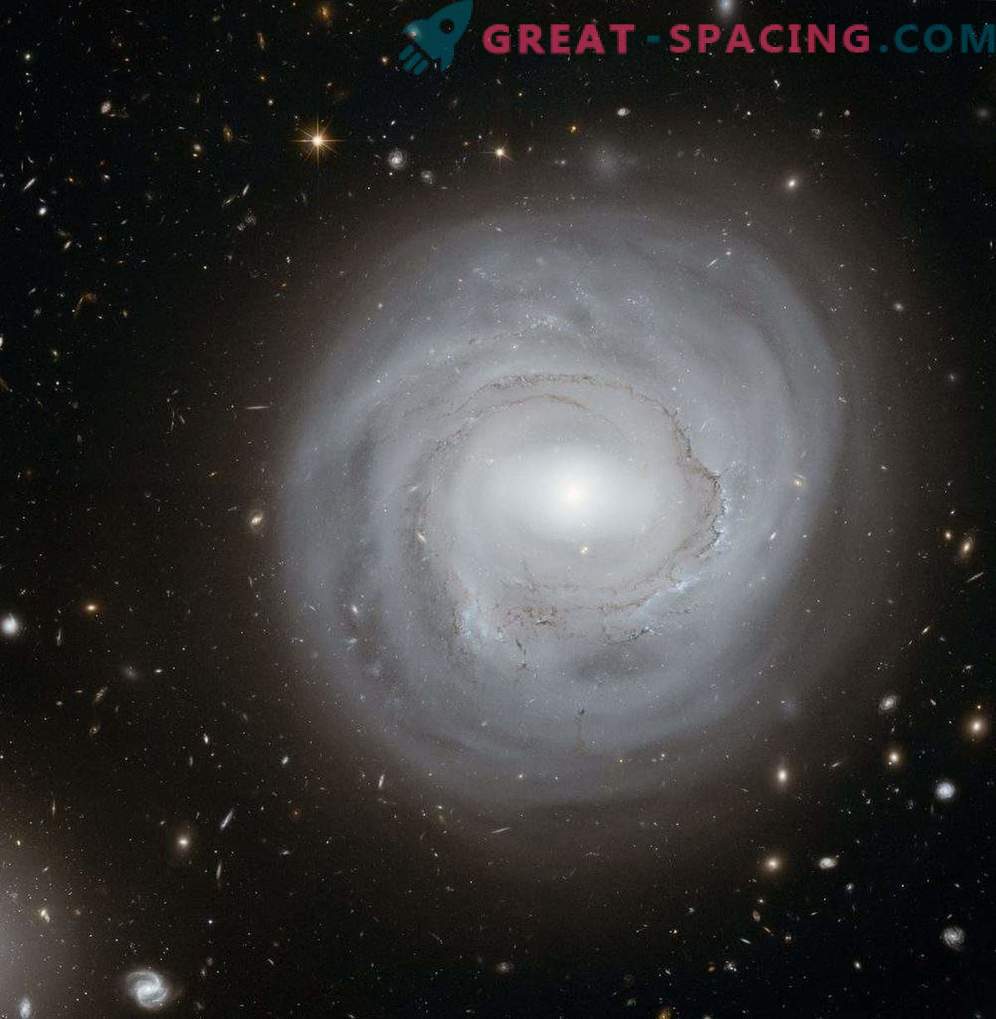
This is an incredibly detailed view of the Hubble telescope at the spiral galaxy NGC 4921, located against the background of more distant similar objects. The frame consists of more than 80 individual images that have passed through the yellow and infrared filters.
"When you look into the past of the history of the universe, you see how stars are born in galaxies," says Tobias Brak from Johns Hopkins University. "At some point the process of star formation stops. The question is: why? We believe that active black holes are the main cause of this phenomenon."
Marriage and his colleagues applied the method used to study large clusters of galaxies on a single galaxy. By doing this, they found that supermassive black holes form “feedback at radio frequencies” that heat up galaxies, preventing interstellar gases from cooling, sticking and the formation of new stars. Massive black holes at a certain age become a kind of “switch” and absorb star-forming structures.
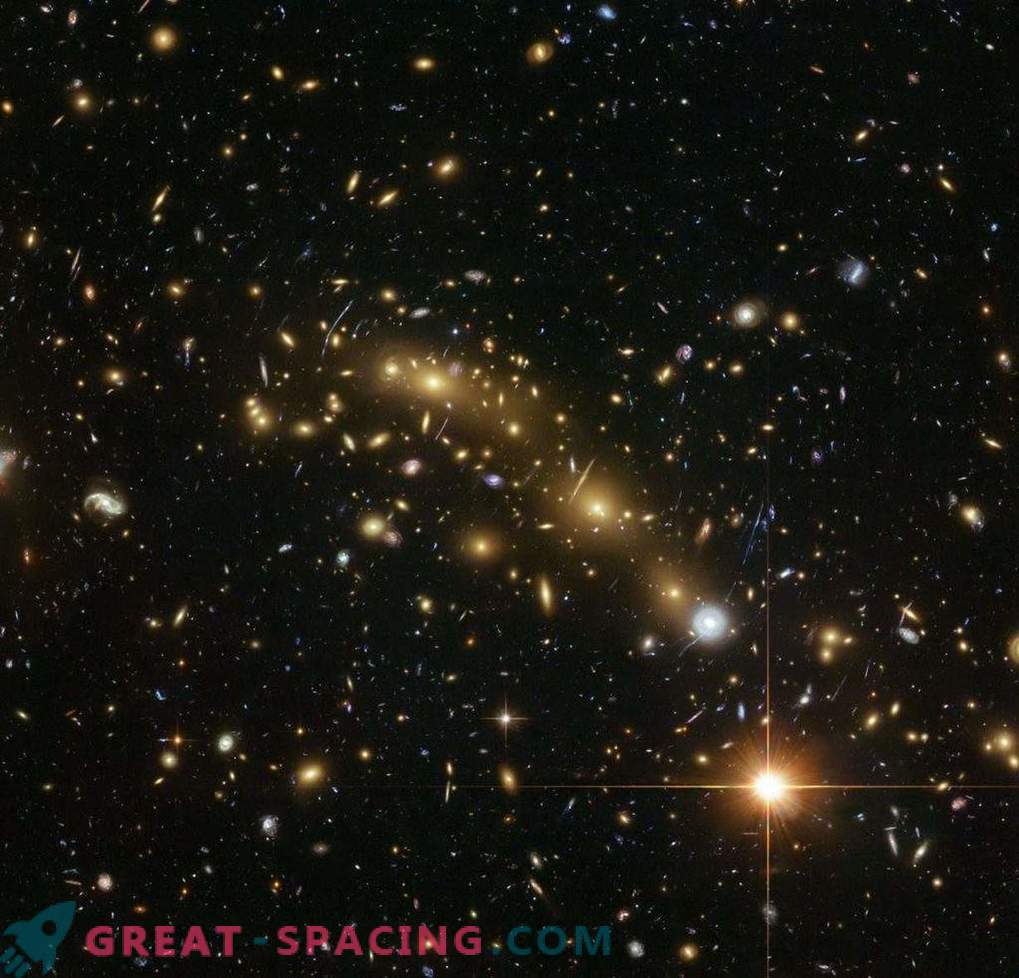
This is part of the Hubble Border Fields program, which analyzes the mass distribution in these giant clusters and uses the cluster lensing effect to take a look further into the Universe.
As a rule, the Sunyaev-Zeldovich effect is used to study whether the original cosmic microwave background radiation (the “Big Bang echo”) interacts with electrons inside interstellar gases blocked in clusters of hundreds of galaxies. But for the first time this method was applied to measure the interstellar medium among a single galaxy.
"The Sunyaev-Zeldovich effect is usually used to study clusters of hundreds of galaxies, but the galaxy we are studying contains only one or two structures," said Megan Graral, also from Johns Hopkins University.
Using this effect, the researchers found that all the studied galaxies had the same “radio frequency feedback” value as galaxies, which lacked the potential for star formation. It so happened that these galaxies are large and mature elliptical galaxies, in which the heated interstellar gas was deprived of the possibility of cooling.
"If gas remains hot, it cannot fail under its own weight. If gas cannot fail, then new stars will not form," added Marriage.
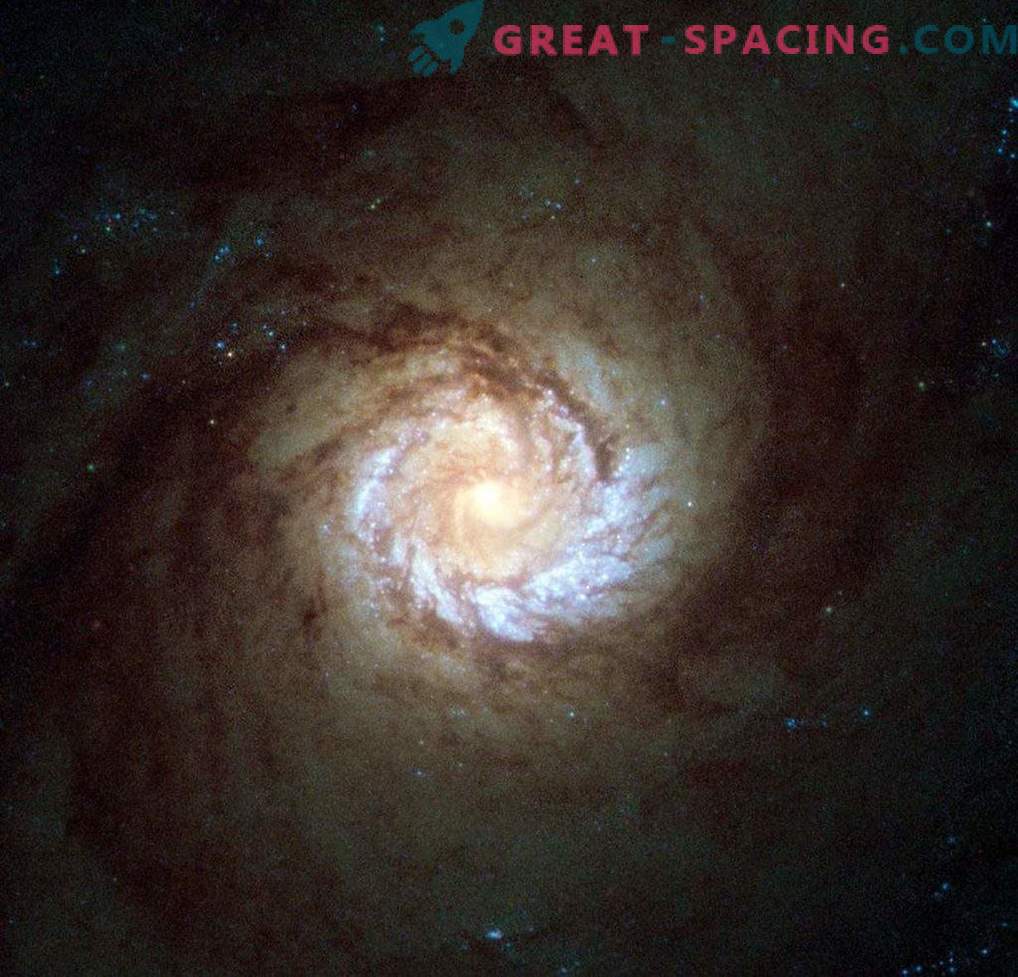
This is a new detailed snapshot of the spiral galaxy Messier 61 and its central part. The image was folded from the observations of 2003 and 2004 from the Hubble High-Resolution Channel (HRC) camera that was now written off. Its second name is NGC 4303. It is located 100,000 light-years and resembles our galaxy in size. With the Milky Way, they enter the galactic group in the constellation Virgo, which stores up to 2000 spiral and elliptical galaxies. “Feedback on radio frequencies” occurs when something gets into the environment surrounding the black hole. Although the black hole inevitably absorbs everything, a part of this mass, by some yet incomprehensible mechanism, will be accelerated to relativistic speed and will break out of the poles of the black hole. This energetically powerful plasma stream traveling at a speed close to the speed of light generates powerful radio waves heating the gases throughout the galaxy.
Although the mechanisms underlying the “radio frequency feedback” effect are the subject of debate, the result is obvious: Black holes act as a heating element on the plate, keeping the interstellar gas hot and stopping the star-forming process in old galaxies.




